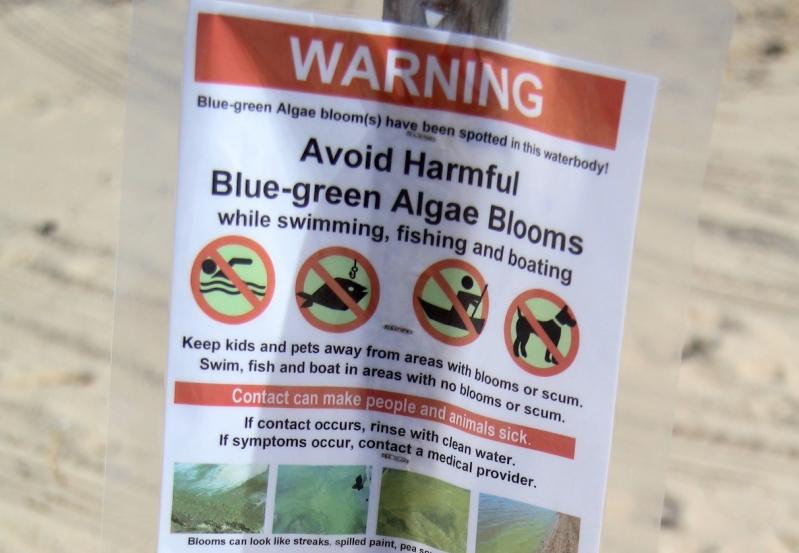The South Fork had more harmful blue-green algae blooms this year than ever before, researchers at Stony Brook University recently announced as part of an annual water quality report.
Each year, Christopher Gobler, a marine science professor at the university, collects data from 50 sites across Long Island, starting in the spring.
“There was excessive nutrient-loading, both nitrogen and phosphorus, from the watershed into the water body,” Dr. Gobler said of the increase in blooms of blue-green algae, or cyanobacteria. “We generally found that these systems — once they experience a bloom once, it means they’re kind of prone to it, and it’s likely to happen again. Many of these sites — or almost all of these sites — are what I’d call repeat offenders.”
The nitrogen often comes from household sewage that eventually seeps into local waters. To address this, Suffolk County has pushed recently to reduce nitrogen-polluting septic systems. The university called this a “defense against these impairments.”
This year, the researchers found more than two dozen blue-green algae blooms, 17 of which were on the South Fork. In addition, Suffolk has seen more such blooms, which are toxic to both humans and animals, than any other county in New York State for each of the past eight years, the researchers said.
While the development can be related to temperature, Dr. Gobler noted that this summer was hot but did not set a record. So that is only one factor and perhaps not the primary one. Nonetheless, researchers stressed that climate change could worsen these developments over time.
Aside from blue-green algae, in August Shinnecock Bay saw the beginning of a rust tide, or Cochlodinium, which ultimately spread to much of the Peconic Estuary.
“It’s a harmful algal bloom,” Dr. Gobler said. “We worry about that one because it’s known to be ichthyotoxic, that is, that it can lead to fish kills.”
In the past that has been the case, but this year rust tide did not lead to any fish kills at all, he said. Often, rust tide is intensified by heavy rainfall, which can further spread nitrogen and spawn blooms. During heavy rains in August, the rust tide expanded greatly.
“The bloom, although it looks horrifically large in space, it actually didn’t exist as long as in prior years, but it can be harmful,” Dr. Gobler added.
As for fish kills, Dr. Gobler said they can range from tens to hundreds to thousands. This year, fish kills on Long Island were in the hundreds. On the South Fork, fish kills were noted in areas around Mecox Bay.
The South Fork might be the center for blue-green algae, but it is not alone in spawning harmful algal blooms. In fact, every major bay and estuary on Long Island was affected by these blooms.
The report also found that there were a record-setting 36 “dead zones,” which are regions with fewer than three milligrams of oxygen per liter, on Long Island. These zones can hurt the already beleaguered local shellfish populations, according to Stony Brook.




